30 Disturbing Things Science Proved To Be Real, Even Though No One Asked For It
Science has given us so much, but how much is too much? Scary science facts can educate you into all sorts of new fears you never even knew existed.
Read on at your own risk. Putting this post together was disturbing to say the least. I have so many new facts in my head, and I’m not sure what to do with all this information now. Do I start a podcast? Do I scream it into a pillow?
1. Hearing.
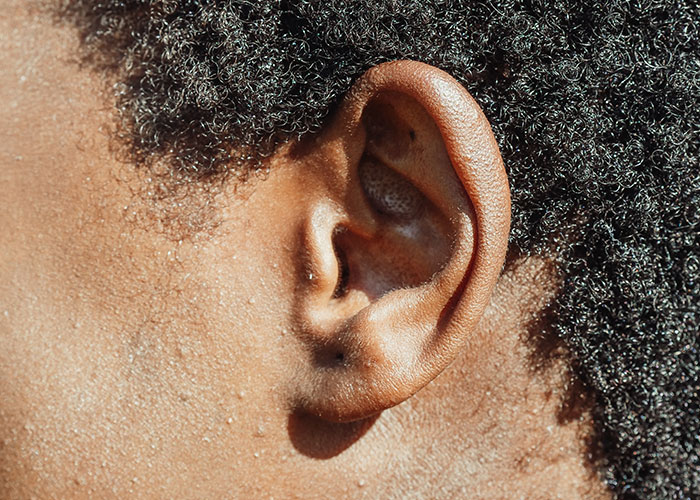
“Hearing is the last sense to leave when dying.”
2. Cracking your neck.

“Cracking your neck could cause you to have a stroke, but its rare.”
3. The ocean.

“We’ve only explored (numbers might not be quite right) 2% of the oceans and that the oceans makes up 78% of the world. I wonder what’s in there.”
4. Rewiring the brain.
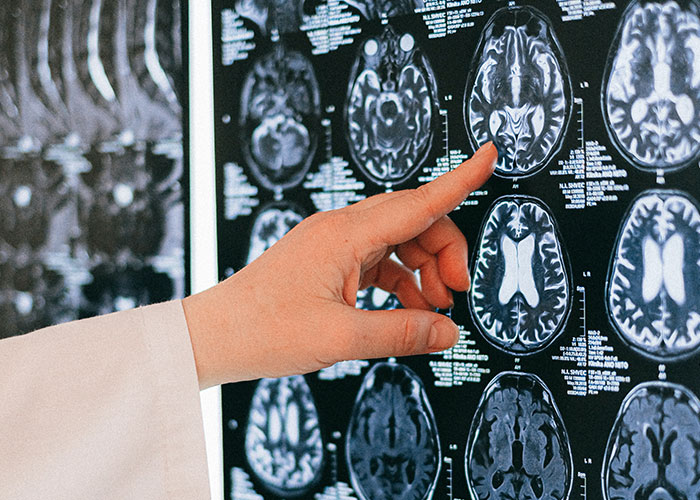
“The brain is literally rewired and chemically altered by childhood neglect and abuse.”
5. The earth.

“The Earth was alive a million years ago. And a million years before that. A thousand million years before that. Even if our civilization is miraculously successful and we live for 20 thousand more years and colonize thousands of planets like in Dune it’s still nothing. A blink of an eye. The Earth would barely notice.”
6. Giant squids.

“Giant squids. Suddenly the old sailor story’s of krakens wrapping tentacles around a ship and pulling it into the ocean doesn’t seem like fiction.”
7. Attack fungi.
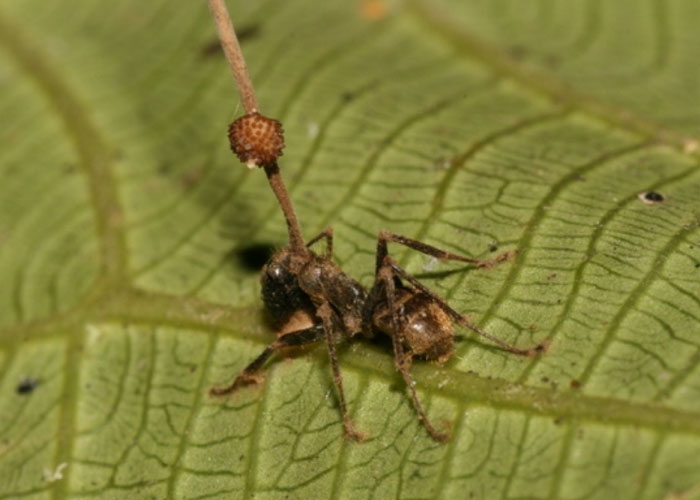
“Zombifying fungi as depicted in games like The Last Of Us exist, and are very potentially even scarier than how they appear in there. The fungi of the genus Condyceps like to infect insects by scattering spores on them. After a while these insects will start to behave erratically. Eventually they try to reach a high place, like a stalk, where they lock their legs and then die. The fungus then sprouts from their body, scattering its spores below to infect the animal’s brothers and sisters. A theory currently is that the fungus doesn’t even affect the brain, but rather that it cuts off the brain from the muscles. If this is the case, it means that the brain of the infected animal still functions normally, but its body just doesn’t follow its commands, leaving the animal to die a slow but somewhat conscious death in order to infect more of its kind.”
8. Space.

“That things we thought were stars (or fuzzy stars) a century ago are actually entire galaxies. Who knows who or what the F is out there?”
9. Aging.

Aging. I’m content with death but the idea of my body growing old, frail and eventually falling apart before the end game gives me goosebumps.
10. Bacteria.

“60% of your poop is made of living and dead gut bacteria. These gut bacteria combine to produce more dopamine and serotonin than your brain can produce. Abundance of these neurotransmitters has a significant affect on the brain. Production of neurotransmitters is far from their only pathway to the brain. Fecal transplants, used for illnesses, change your eating behavior. Patients who have a healthy weight but receive a transplant from an obese person are highly likely to become obese. Patients who are obese but receive a transplant from a thin person are highly likely to become thin. In a real sense you can consider yourself to be a servant of your gut bacteria.”
11. Orangutans.

“More like a theory, the “orangutan paradox”, when we film a documentary on orangutans, they can’t realize that we are observing them, yet they are the most intelligent species of their category, so aliens might be watching us and we are as oblivious as an orangutan.”
12. Climate change.

“Yeah, uh, climate change.”
13. Microplastics.

“Microplastics found in newborn babies.”
14. Amoebas.
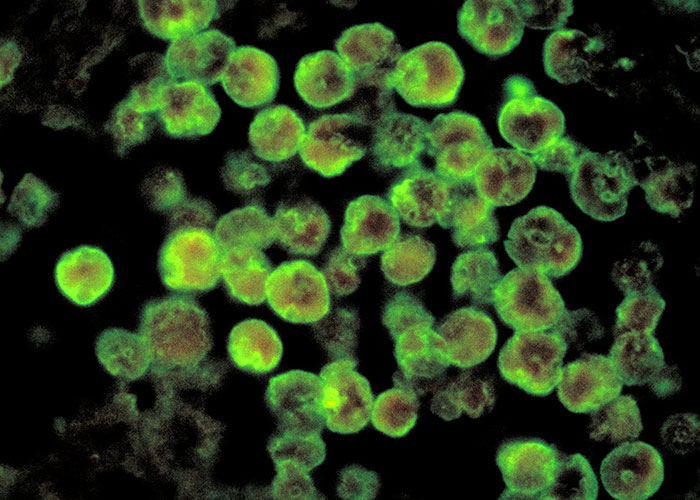
“Brain-eating amoebas.”
15. Experiment.

“Imo, that statistically, at least based on the Milgram study, about 2/3 of people will obey authority figures who tell them to hurt or even kill an innocent person. Then when you ask them why they did it, they give answers startlingly similar to “I was just following orders”.
16. Gamma ray bursts.

“Gamma ray bursts. No warning, no escape, no defense, no survivors.”
17. Lead gasoline.

“Lead in gasoline may very-well have decreased the human IQ on a global scale while in use.”
18. Tumors.

“Some tumors have teeth, hair and even eyes.”
19. Yellowstone.
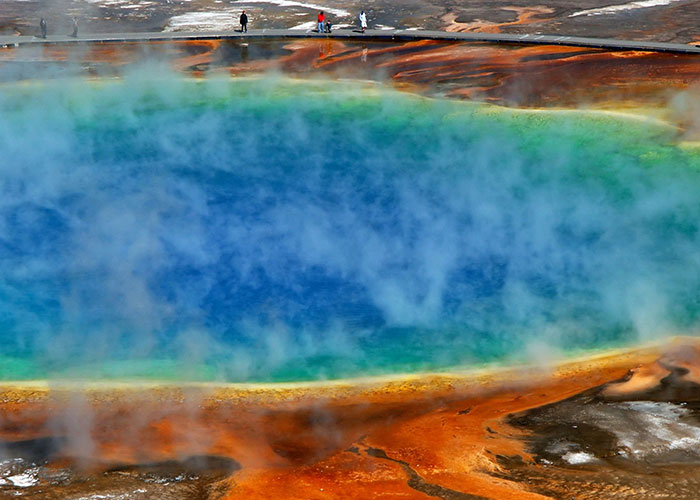
“The Yellowstone super volcano.”
20. Human psychology.
 “The scariest thing for me, is that we have scientifically mapped human psychology. We know social habits, and evolutionary survival instincts that we’ve carried over from our ancient past. We have extensive knowledge on how to elicit the exact response out of a human on command. And the scary thing is that corporations use this information to sell things to us. Everything about a product’s design from it’s shape, to it’s color pallet to it’s odor is specifically and intricately designed to hack our brains and trigger the exact specific response that they want from us. Once you are aware of how much human psychology goes into advertising, you will never look at an add the same way again.”
“The scariest thing for me, is that we have scientifically mapped human psychology. We know social habits, and evolutionary survival instincts that we’ve carried over from our ancient past. We have extensive knowledge on how to elicit the exact response out of a human on command. And the scary thing is that corporations use this information to sell things to us. Everything about a product’s design from it’s shape, to it’s color pallet to it’s odor is specifically and intricately designed to hack our brains and trigger the exact specific response that they want from us. Once you are aware of how much human psychology goes into advertising, you will never look at an add the same way again.”
21. Cotard’s syndrome.

“Cotard’s syndrome, also called walking corpse syndrome, is a condition wherein the patient believes they are dead, dying, missing parts of their bodies, or don’t exist. Some people with Cotard’s syndrome may stop speaking or eating since they believe they’re dead.
As one documented case of Cotard’s syndrome in 2008 reports, a 53-year-old woman was admitted to the hospital because she believed she was dead and smelled like rotting fish, and she asked to be taken to a morgue to be with other dead people.”
22. Skeletonized.

“A human body could be skeletonized in less than four days in highly oxygenated deeper water, according to a study done by Simon Fraser University.
Decomposition rates for a human body differ depending not only on whether the body is in water, air, or the ground, but also on conditions like temperature, scavengers in the environment, humidity, oxygen availability, and more.”
23. Fatal insomnia.

“
Fatal familial insomnia is a rare genetic degenerative brain disorder wherein the affected individual is unable to sleep. The disorder may begin mildly but gradually worsen, causing mental and physical deterioration. There is no known cure, and eventually, the disorder leads to death.
The first known case was in 1765 of an Italian man who died in Venice.”
24. Inverted organs.
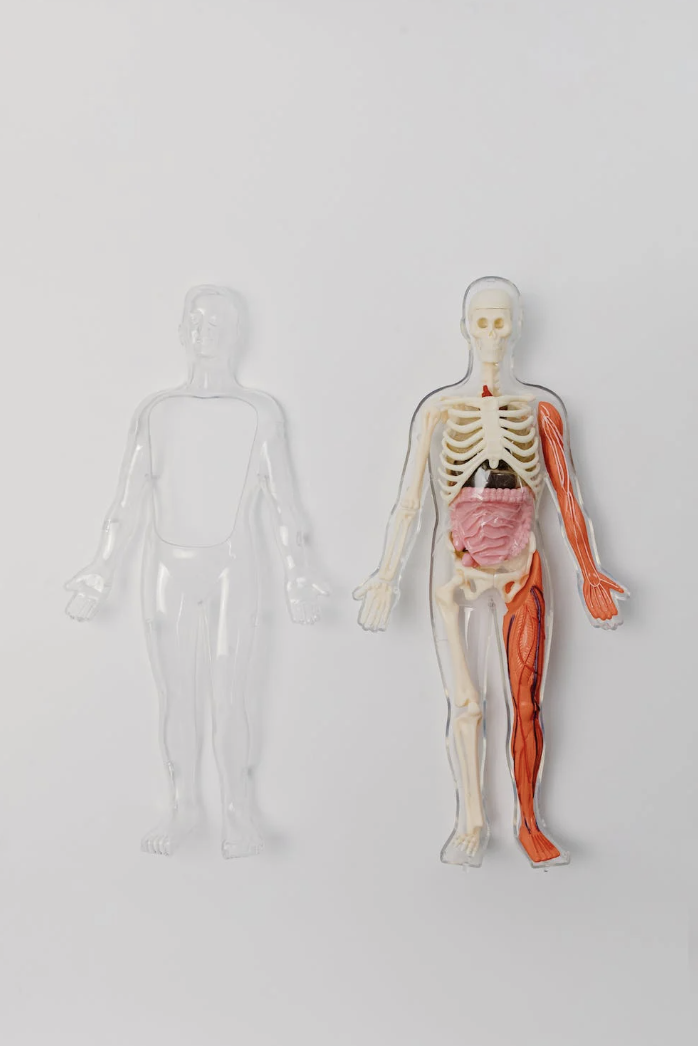
“Situs inversus is a rare genetic condition wherein the positions of the organs in a person’s chest and abdomen mirror normal anatomy. For instance, their heart is on the right side of their chest, not their left.”
25. Foreskin.
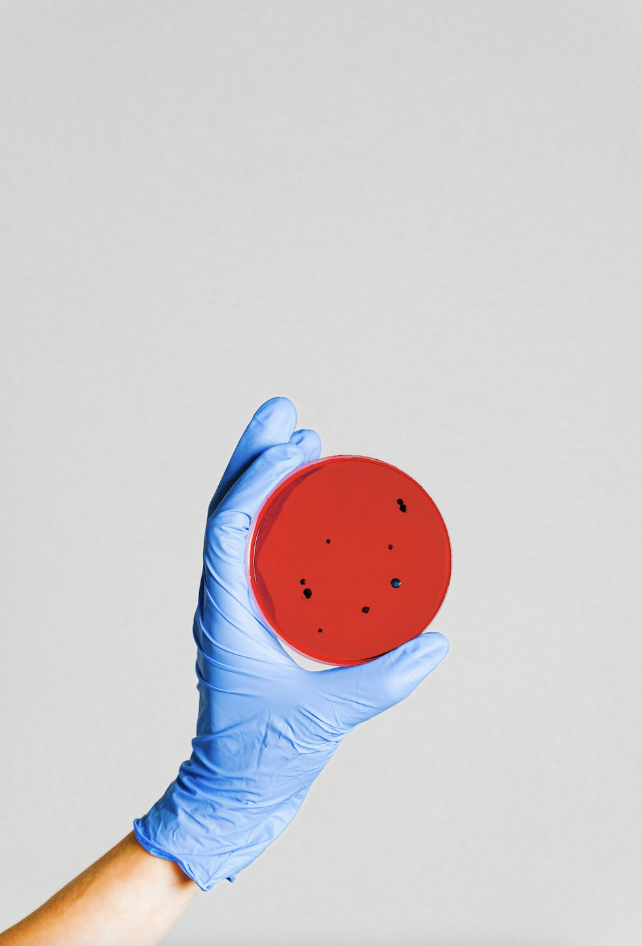
“Foreskin is used to grow skin for skin grafts. Dr. James McGuire, head of wound management at the Foot and Ankle Institute at the School of Podiatric Medicine at Temple University, told CNN, “In some cases, we can get four football fields of skin out of one baby foreskin.””

